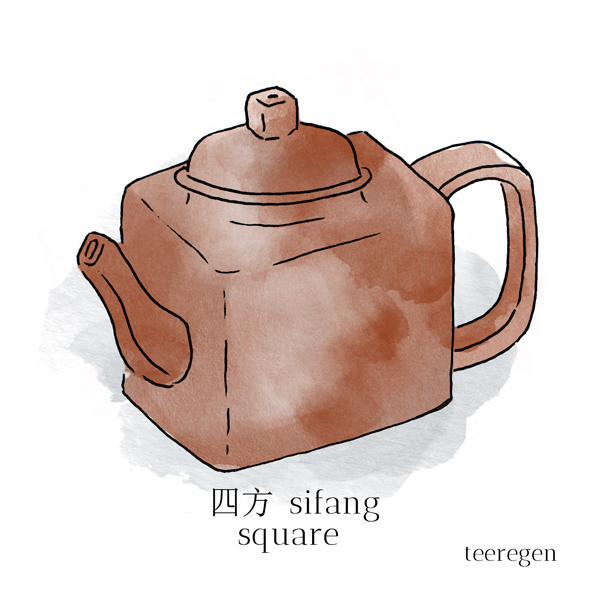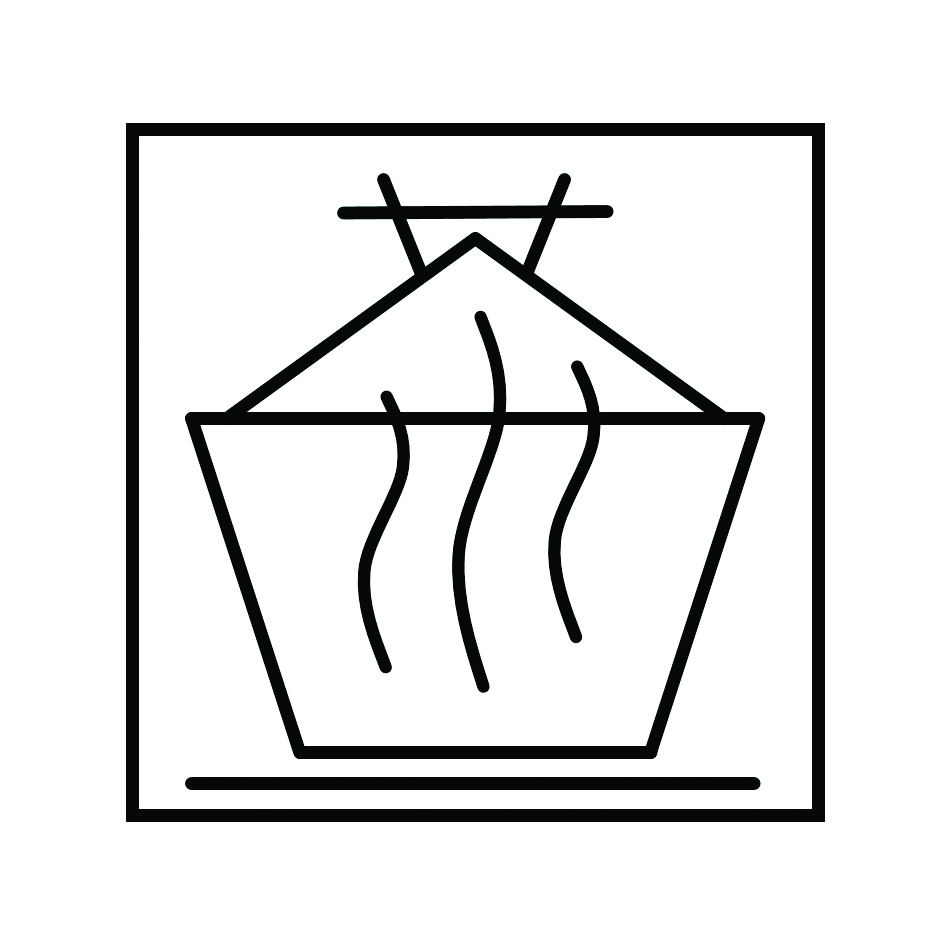A thing of impossibility?

四方
–
si fang
–
square
In the broader sense, square teapots are an entire category of teapots, in contrast to round teapots and segmented teapots. It includes hexagonal, octagonal teapots and other polygons. In the stricter sense, a square teapot is one with four sides.
This shape is more of a conceptual shape, it is a bit awkward to clean because of the corners. It shows the skill of the teapot master. The difficulties in making a square teapot are as follows:
The corners are difficult to make, angles are very delicate in handling as they might react unevenly during the drying and firing process.
Each line has to be straight, each line precise. The slightest deviations are easy to spot. Another aspect to consider is to avoid showing where the joint lines are. When piecing clay pieces together, they are ‚glued‘ to one another with slick. But slick is a different material than clay, so lines can easily show.
The lid also has to fit the pot perfectly, adding to the difficulty as shrinkage has to be considered.
Some experts will say that a square teapot has to have a square lid also, along with square cross-sections of the spout and handle. Sometimes, you’ll spot a square teapot with a round lid. In ancient China, people believed that heaven was round and the earth was square. This is often symbolized in architecture like with the Temple of Heaven in Beijing which has a round floor plan. It is also used in ancient coins that are a circle shape with a square hole in the middle.
Preserving continuity and creating an elegant transition from square to round is not an easy task!
Almost all square pots are made with Zini as it is the easiest to work with. A square pot made of Zhuni is probably a thing of impossibility, but who knows?!
Get yourself some ‚Teapot Shapes II‘ postcards!
LY
